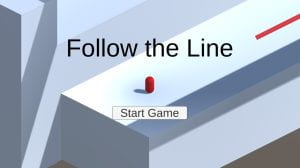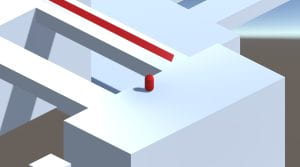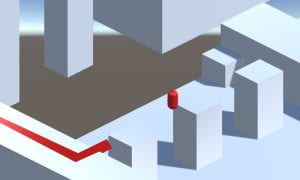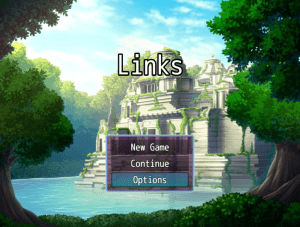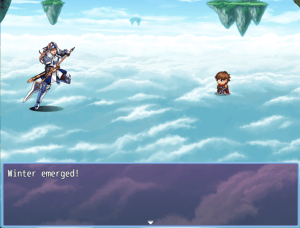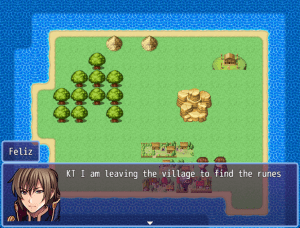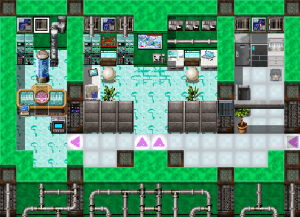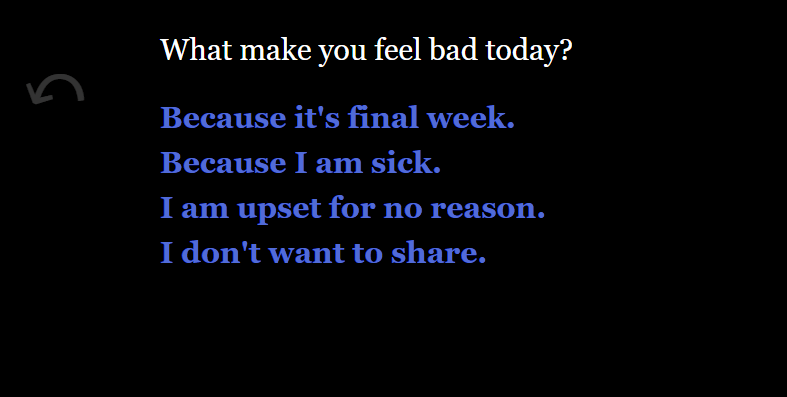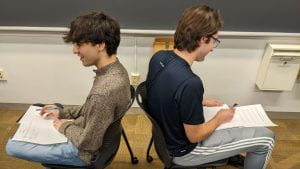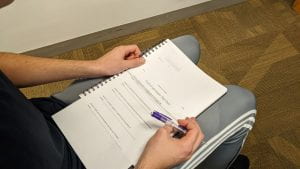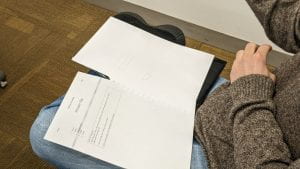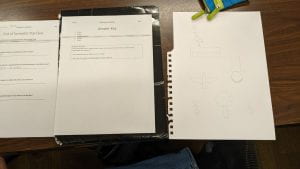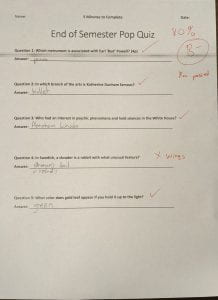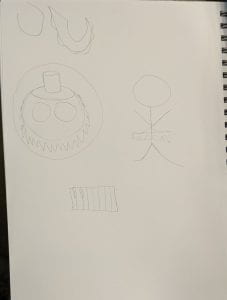So this is my blogpost for final indie game.
It’s a late submission. Though I still wants to gain some points, so I submitted it.
When I first heard the game engine Twine in our guest lecture, I was very glad and surprised thinking that I like narrative game and Twine is definitely one possible engine for me. But then I saw the professor of our guess lecture introducing her game of all these English and word plays, and I though, well, I can’t do that. At least I need some pictures or animations, I couldn’t just rely on a not-mother tongue language to introduce my story. Then I browsed through tutorial videos of Twine but didn’t see any specific animation guidance, or I believed that it could be done but may requires tons of coding and programming, some skill that I don’t possess.
With that said, I look for other engines and that’s when I saw Renpy. I saw that people used it to make Galgames which is great, I like the mechanism of galgame, so I downloaded it and started learning it. Coding in Renpy is quite simple, even me who didn’t know what indentation is before this project can code a crude game.
So I found my best friend Bella, cheerfully told her that I have a game and wants her to draw some pictures for it. By then I still don’t have any clear idea about the plot, but I told Bella that there will be a good ending when the protagonist broke the glass window and jumped out a building, mocking the scientist, saying “you couldn’t trap me anyway.” I told her that I want her to draw a villain, could be anyone as long as they looks evil.
Bella is great. Just to say this so that you know that she’s great. She quickly brought me the drawing of a “crazy scientist”, which is later used as the image of the player. She also drew Fiona. Though I “sewed” it with Novelai(an Ai drawing engine, its drawings not copyright protected)’s drawing, just so you know.
It is with Bella’s picture I thought out the plot.
There’s this evil scientist, incubated Timber and Fiona because his father died in the factory due to an accident, and he, believing that this problem just couldn’t be solved by upgrading the machines, dedicated himself to create furry creatures to work and replace the manual workers, in this way, humanity won’t be hurt.
These furry could not talk. Nor could they run as fast as human. Their genes are organized by the scientist that they are smart enough to work on the assembly line, but is not strong enough to escape.
But you know, that human aren’t human because they can talk or can stand stable.
One good ending is that Timber broke the glass window, and the other one will be that Timber murdered “You”. In both ending Timber kept its hated spirit and followed its cruel heart as an wolf. Which is great. This reflected my personality when I was young. I was “borned as an ingrateful and hateful child”. When I saw my father mistreating my mother I wanted to kill him. Though my mother said no because she love me and wants me to have a bright future. And later I converted Christianity, so I gave up the murdering idea. Oh, plus my mother loved her family members, every of them, and can sacrifice everything for them.
Some said that it’s very ungrateful to kill one’s parent. But isn’t it very selfish to not hate one’s father who do wrong things only because he’s your father and feed you?
There will be the third ending, which isn’t finished yet but, it’s a bad ending. In my script it’s label as “weak”. But it’s not weakness in muscles, its weakness in Timber’s heart. This ending could be achieved if you treated Timber nice enough to the point that he is puzzled. That he don’t know whether he should kill ‘You’(who did wrong things) or not, for you taught it how to understand language and feed it.
The protagonist, Timber, a wolf furry, is prototyped from timber wolf. This is because I like the muddy and dirty look of Timber wolves.
The link of a video record of me reaching one ending is attached. Though the audio of it is a little bit cracked.
In the future the game will be updated, and, yes I’ll create a Chinese version for my friend Bella and just to say again that Bella is great.
https://clipchamp.com/watch/rkrw3DPnsFV


